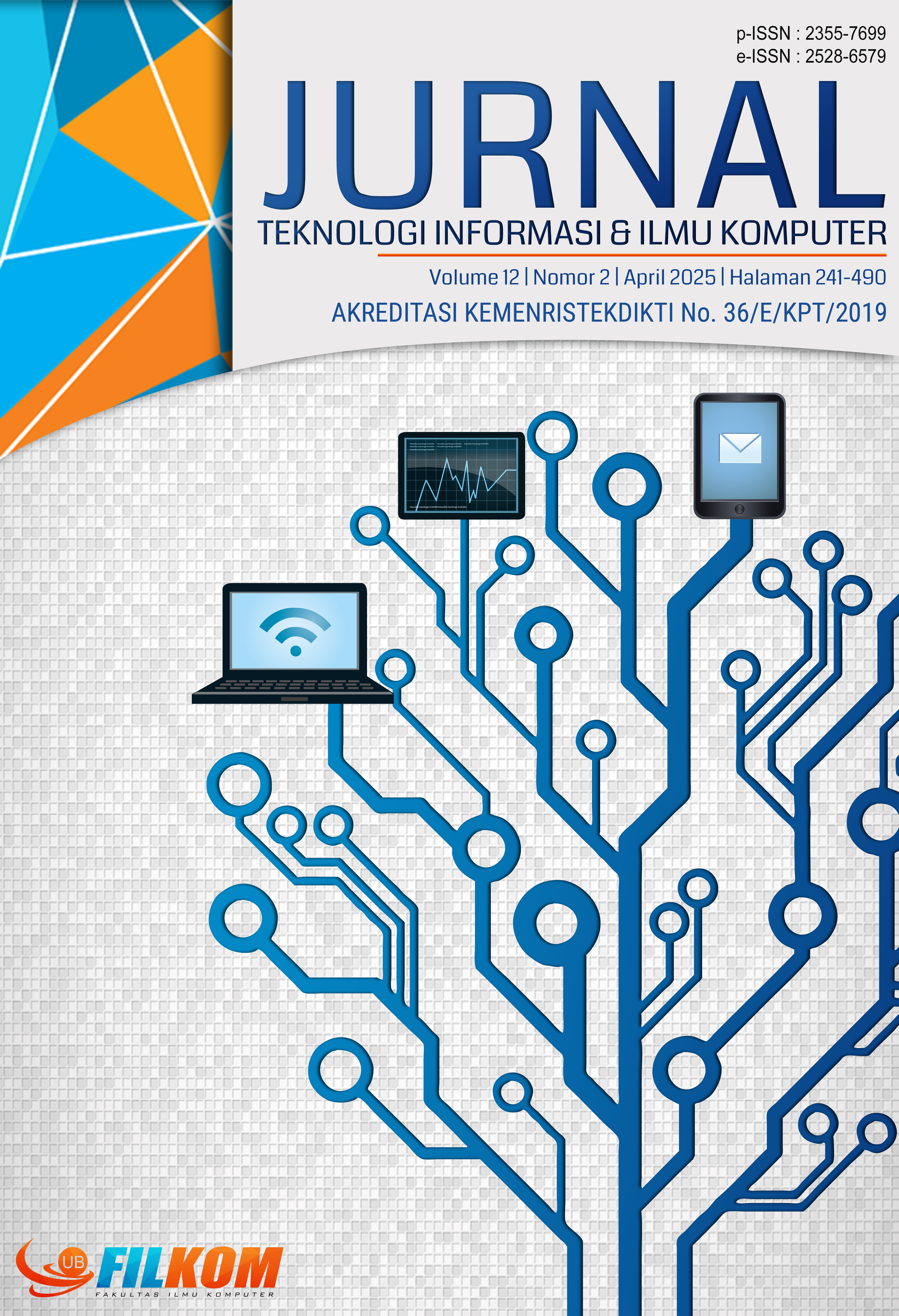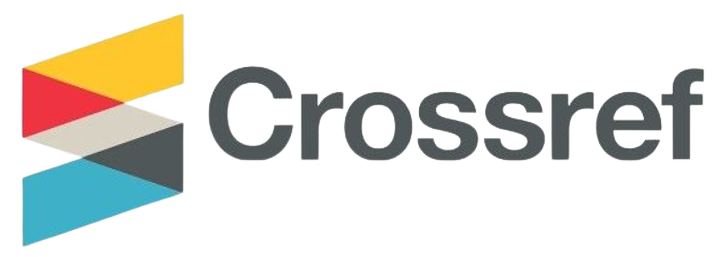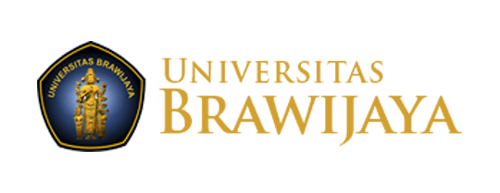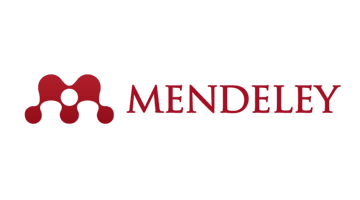Penerapan Teori Meaningful Learning Pada Pengembangan Media Pembelajaran Kit-Build Concept Map Berbasis Knowledge Reconstruction Dengan Sistem Evaluasi dan Feedback Otomatis
DOI:
https://doi.org/10.25126/jtiik.2025129435Kata Kunci:
concept map, feedback, information overload, Kit-Build, meaningful learning, reconstructionAbstrak
Penelitian ini mengusulkan penerapan atas teori knowledge reconstruction dan teori meaningful learning Ausubel pada kerangka pembelajaran yang menggunakan peta konsep digital Kit-Build concept map. Melalui penerapan kerangka pembelajaran yang diusulkan, siswa mengidentifikasi sumber-sumber pengetahuan untuk disusun dengan menghubungkan pengetahuan dan pengalaman yang telah dimiliki sebelumnya dan mengintegrasikan pengetahuan baru yang telah disusun ke dalam pemahaman kognitif mereka dengan menggunakan media pembelajaran peta konsep digital Kit-Build. Penelitian ini juga mengusulkan penerapan sebuah mekanisme feed-back otomatis yang dapat diberikan ketika peta konsep Kit-Build direkonstruksi pebelajar. Mekanisme feedback otomatis yang diberikan kepada siswa didasarkan atas permasalahan sulitnya memberikan masukan pada siswa saat rekonstruksi peta konsep Kit-Build dilakukan serta kesulitan siswa dalam memahami banyaknya pengetahuan baru yang terkandung dalam sebuah peta konsep. Fenomena information overload dapat terjadi saat siswa merekonstruksi peta konsep yang berukuran besar sebagai akibat dari banyaknya komponen Kit-Build dalam sebuah peta konsep yang perlu direkonstruksi. Pendekatan pembelajaran yang diusulkan dalam penelitian ini diuji dalam sebuah eksperimen dalam aktivitas belajar yang menggunakan media pembelajaran peta konsep Kit-Build, di mana rekonstruksi peta konsep dilakukan secara bertahap sebagai bentuk penerapan teori meaningful learning Ausubel. Pengaruh penerapan teori terhadap pemahaman siswa serta efisiensi proses belajar siswa melalui rekonstruksi peta konsep digital Kit-Build diinvestigasi dalam penelitian ini. Hasil analisis memperlihatkan bahwa teori meaningful learning yang diterapkan dalam proses pembelajaran menggunakan peta konsep Kit-Bulid secara efektif mampu meningkatkan pemahaman siswa serta mampu meningkatkan efisiensi aktivitas pembelajaran dengan kerangka pembelajaran yang dilakukan.
Abstract
This research proposes the application of knowledge reconstruction theory and Ausubel's meaningful learning theory within a learning framework that utilizes the Kit-Build concept map. Under the proposed learning framework, students identify knowledge sources to be organized by linking their prior knowledge and experiences, and integrating the newly organized knowledge into their cognitive understanding using the Kit-Build concept map. This research also implements an automated feedback system during learner’s concept map reconstruction. The automatic feedback mechanism provided to students due to the difficulty of providing input to students during the concept map reconstruction and the difficulty of understanding the learning material when information overload occurs. Information overload may occur when students reconstruct large concept maps where numerous Kit-Build concept map components have to be reconstructed manually. The learning method proposed in this research is evaluated in an experiment involving the Kit-Build concept map framework, where concept map reconstruction is carried out in stages as a form of applying Ausubel’s meaningful learning theory. The effect of applying such theory on students' understanding as well as the efficiency of students' learning process through concept map reconstruction was investigated in this study. The analysis results suggested that applying meaningful learning theory in the learning process using Kit-Bulid concept map could effectively improve students' understanding and also improve the efficiency of learning activities with Kit-Build concept map framework.
Downloads
Referensi
ASTIANTIH, S., & AKFAN, S. 2023. Utilizing Concept Maps to Enhance Students’ Writing Skills. Journal of Languages and Language Teaching, 11(3), 433-446. doi: https://doi.org/10.33394/jollt.v11i3.7993
AUSUBEL, D. P. 1963. The psychology of meaningful verbal learning. Grune & Stratton.
AUSUBEL, D.P. NOVAK, J.D. & HANESAN, H. 1978. Educational Psychology: A cognitive View. Ed. Ke-2. New York: Holt, Rinehart and Winston.
BRYCE, T.G.K., BLOWN, E.J. 2024. Ausubel’s meaningful learning re-visited. Curr Psychol 43, 4579–4598. https://doi.org/10.1007/ s12144-023-04440-4
CAZALY, L. 2021 How to Save Yourself From “Information Overload”. Harvard Business Review. https://hbr.org/2021/09/how-to-save-yourself-from-information-overload
CHOUDHARY, F., & BANO, R. 2022. Concept Maps as an Effective Formative Assessment Tool in Biology at Secondary Level. Journal of Education and Educational Development, 9(1). https://doi.org/10.22555/joeed.v9i1. 454
DEBERGUE, Y., KOURMATZIS, A., & LOK, P. 2023. Concept Maps: a useful way of putting theory into practice. https://educational-innovation.sydney.edu.au/teaching@sydney/concept-maps-a-useful-way-of-putting-theory-into-practice/
HEDDY, B., SINATRA, G., SELI, H., TAASOOB-SHIRAZI, G., MUKHOPADHYAY, A. 2016, "Making learning meaningful: facili-tating interest development and transfer in at-risk college students", Educational Psy-chology, 37 (5): 1–18, doi:10.1080/01443410.2016.1150420
HIRASHIMA, T., YAMASAKI, K., FUKUDA, H. 2015. Framework of kit-build concept map for automatic diagnosis and its preliminary use. RPTEL 10(17). https://doi.org/10.1186/ s41039-015-0018-9
HOOD, N. 2018. Personalising and localising know-ledge: how teachers reconstruct resources and knowledge shared online in their teaching practice. Technology, Pedagogy and Education, doi: https://doi.org/10.1080/1475939X.2018.1535448
JACKSON, A., BARRELLA, E., & BODNAR, C. 2023. Application of concept maps as an assessment tool in engineering education: Systematic literature review. Journal of Engineering Education, 1–15. doi: 10.1002/jee.20548
KHUDHUR, N. AND PINANDITO, A. AND HAYASHI, Y. AND HIRASHIMA, T. 2024. Investigating the Efficacy of Partial Decomposition in Kit-Build Concept Maps for Reducing Cognitive Load and Enhancing Reading Comprehension. IEICE Transactions on Information and Systems. Vol.E107.D(5). pp. 714-727. doi:10.1587/transinf.2023EDP7145
MICHAEL, J. 2001. "In Pursuit of Meaningful Learn-ing". Advances in Physiology Education. 25 (1–4): 145–158. doi:10.1152/advances.2001.25.3.145.
MYSTAKIDIS, S. 2021. "Deep Meaningful Learning". Encyclopedia. 1 (3): 988–997. doi:10.3390/encyclopedia1030075. ISSN 2673-8392.
ORUE, AMALIA & ALVAREZ, GONZALO & VITINI, FAUSTO. 2008. Using Concept Maps to improve Scientific Communica-tions.
PAILAI, J., WUNNASRI, W., YOSHIDA, K. 2017. The practical use of Kit-Build concept map on formative assessment. RPTEL 12, 20. https://doi.org/10.1186/s41039-017-0060-x
PINANDITO, A., PRASETYA, D. D., HAYASHI, Y., & HIRASHIMA, T. (2021a). Semi-Automatic Concept Map Generation Approach of Web-Based Kit-Build Concept Map Authoring Tool. International Journal of Interactive Mobile Technologies iJIM, 15(08), pp. 50–70. doi:10.3991/ijim.v15i08. 20489
PINANDITO, A., HAYASHI, Y., & HIRASHIMA, T. (2021b) Online Collaborative Kit-Build Concept Map: Learning Effect and Conversation Analysis in Collaborative Learning of English as a Foreign Language Reading Comprehension. IEICE TRANSACTIONS on Information and Systems Vol.E104-D, No.7, pp.981-991, doi: 10.1587/transinf.2020EDP7245
PINANDITO, A., WULANDARI, C.P., PRASE-TYA, D.D., KHUDHUR, N., HAYASHI, Y., AND HIRASHIMA, T. (2021c) Efficient Online Collaborative Learning Through Concept Mapping with Kit-Build Concept Map. In Proceedings of the 6th International Conference on Sustainable Information Engineering and Technology (SIET '21). Association for Computing Machinery, New York, NY, USA, 125–131. https://doi.org/10.1145/3479645.3479698
PINANDITO, A., PRASETYA, D.D., HAYASHI, Y. et al. 2021d. Design and development of semi-automatic concept map authoring support tool. RPTEL 16, 8. doi:10.1186/s41039-021-00155-x
PINANDITO, A., WULANDARI, C. P., PRASE-TYA, D. D., HAYASHI, Y., & HIRASHIMA, T. 2022. Knowledge Reconstruction with Kit-Build Concept Map: A Review from Student Experience. In SIET 2022 - Proceedings of 7th International Conference on Sustainable Information Engineering and Technology 2022 (pp. 263-270). (ACM International Conference Proceeding Series). https://doi.org/10.1145/3568231.3568274
RISMANTO, R. AND PINANDITO, A. AND SATRIA ANDOKO, B. AND HAYASHI, Y. AND HIRASHIMA, T. 2024. Evaluating the kit-build concept mapping process using sub-map scoring. . Vol.19. pp. 021. doi:10.58459/rptel.2024.19021 URL: https://rptel.apsce.net/index.php/RPTEL/article/view/2024-19021
ROSTANIN, O., MAUS, H., SUZUKI, T., MAEDA, K. 2010. Using Concept Maps to Improve Proactive Information Delivery in TaskNavigator. In: Setchi, R., Jordanov, I., Howlett, R.J., Jain, L.C. (eds) Knowledge-Based and Intelligent Information and Engineering Systems. KES 2010. Lecture Notes in Computer Science, vol 6276. Springer, Berlin, Heidelberg. https://doi.org/10.1007/978-3-642-15387-7_67
TERGAN, S.O. 2005. Digital Concept Maps for Managing Knowledge and Information. In: Tergan, SO., Keller, T. (eds) Knowledge and Information Visualization. Lecture Notes in Computer Science, vol 3426. Springer, Berlin, Heidelberg. doi: 10.1007/ 11510154_10
WUNNASRI, W., PAILAI, J., HAYASHI, Y., AND HIRASHIMA, T., 2018 Validity of Kit-Build Method for Assessment of Learner-Build Map by Comparing with Manual Methods, IEICE Transactions on Information and Systems, 2018, Volume E101.D, Issue 4, Pages 1141-1150, https://doi.org/10.1587/transinf.2017EDP7177
Unduhan
Diterbitkan
Terbitan
Bagian
Lisensi
Hak Cipta (c) 2025 Jurnal Teknologi Informasi dan Ilmu Komputer

Artikel ini berlisensiCreative Commons Attribution-ShareAlike 4.0 International License.

Artikel ini berlisensi Creative Common Attribution-ShareAlike 4.0 International (CC BY-SA 4.0)
Penulis yang menerbitkan di jurnal ini menyetujui ketentuan berikut:
- Penulis menyimpan hak cipta dan memberikan jurnal hak penerbitan pertama naskah secara simultan dengan lisensi di bawah Creative Common Attribution-ShareAlike 4.0 International (CC BY-SA 4.0) yang mengizinkan orang lain untuk berbagi pekerjaan dengan sebuah pernyataan kepenulisan pekerjaan dan penerbitan awal di jurnal ini.
- Penulis bisa memasukkan ke dalam penyusunan kontraktual tambahan terpisah untuk distribusi non ekslusif versi kaya terbitan jurnal (contoh: mempostingnya ke repositori institusional atau menerbitkannya dalam sebuah buku), dengan pengakuan penerbitan awalnya di jurnal ini.
- Penulis diizinkan dan didorong untuk mem-posting karya mereka online (contoh: di repositori institusional atau di website mereka) sebelum dan selama proses penyerahan, karena dapat mengarahkan ke pertukaran produktif, seperti halnya sitiran yang lebih awal dan lebih hebat dari karya yang diterbitkan. (Lihat Efek Akses Terbuka).














